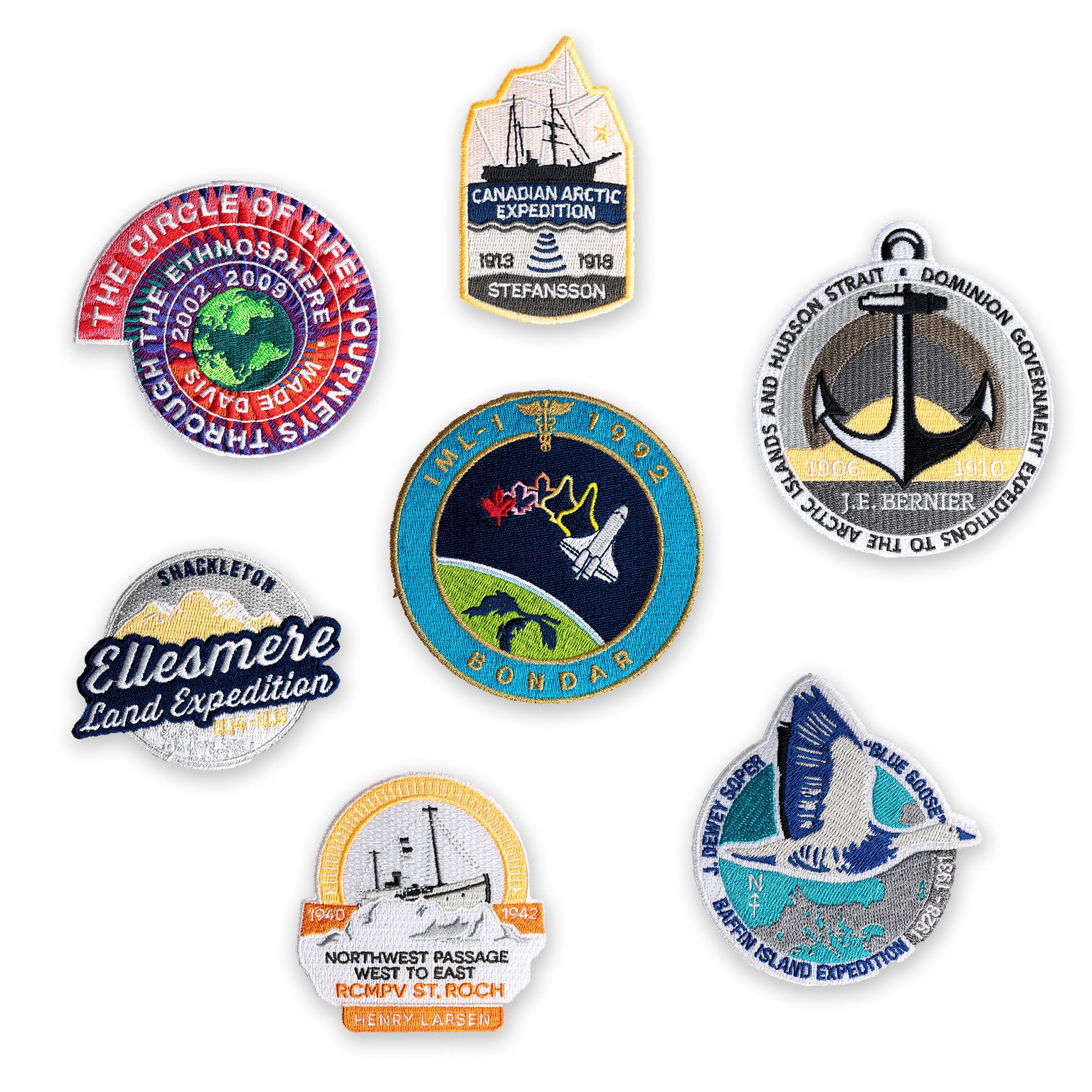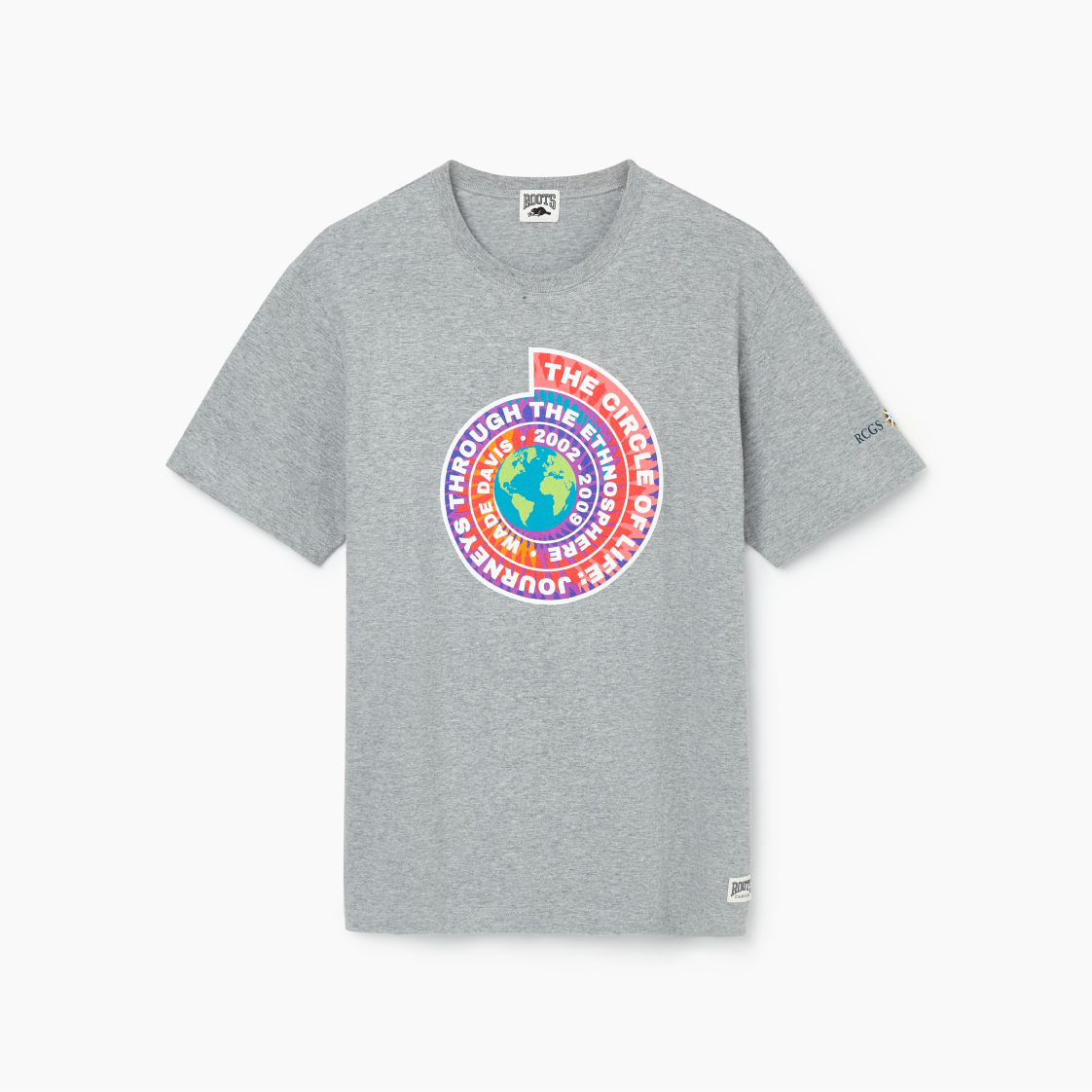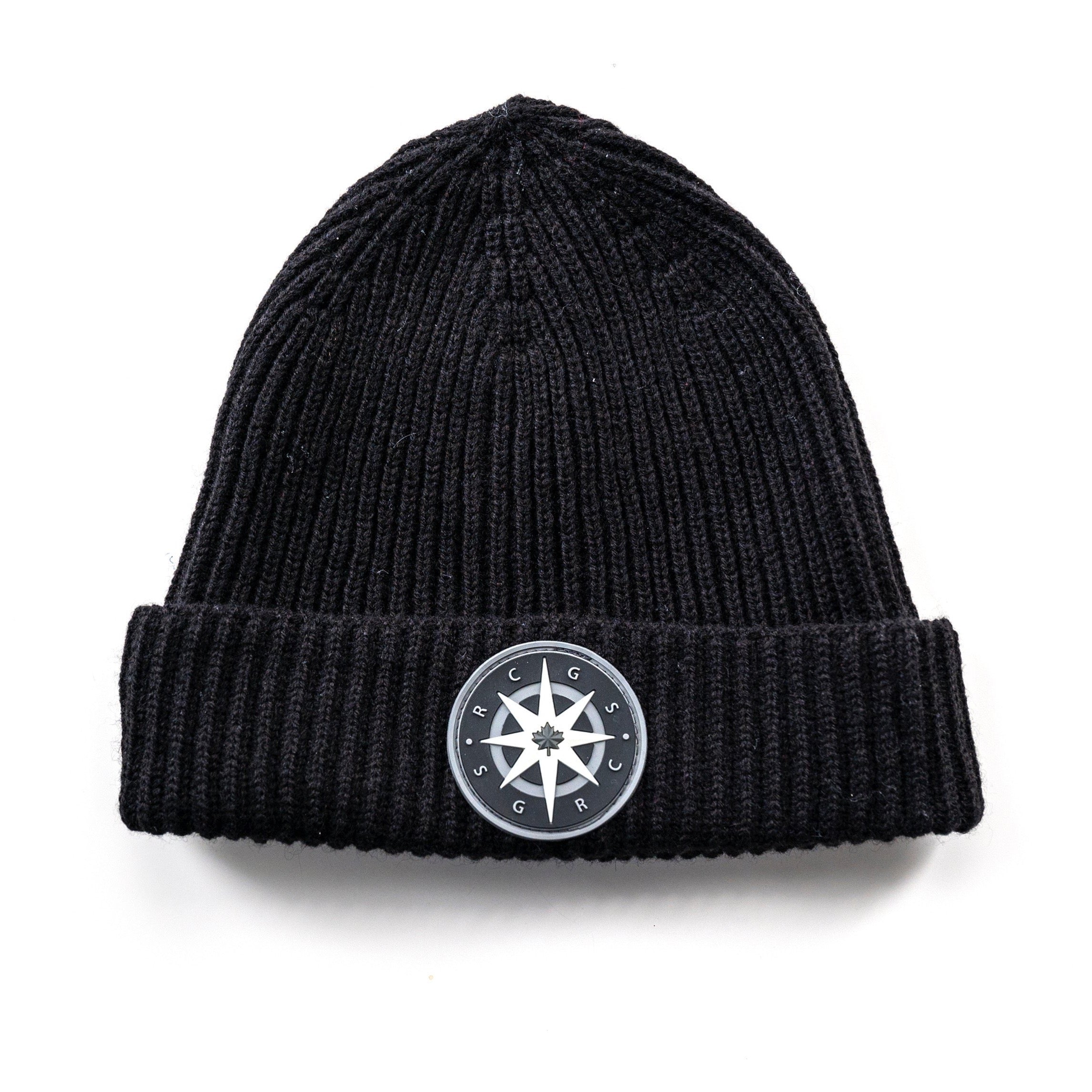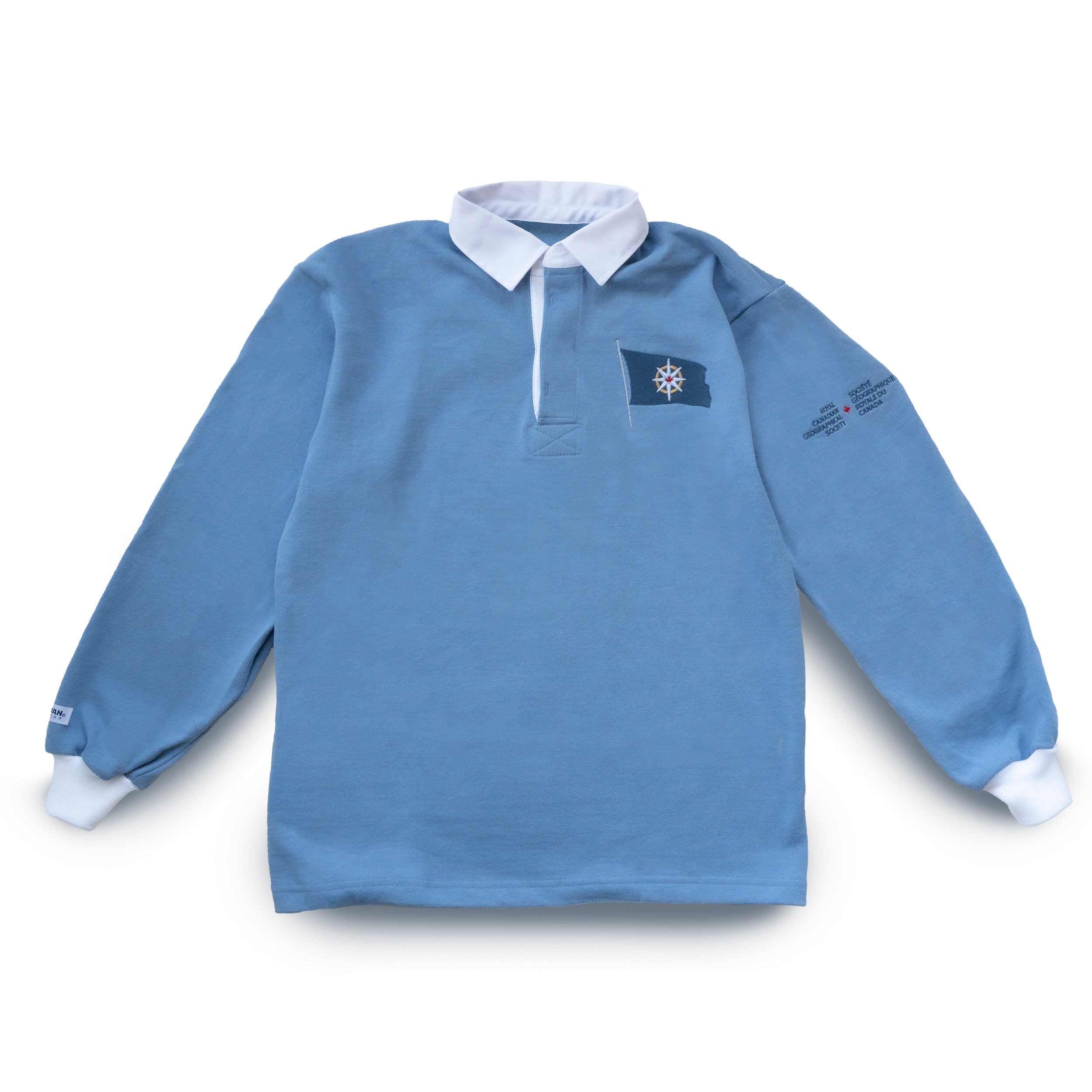| As we prepare to bid farewell to 2021 and look ahead to 2022, here’s a look back at some of our most-read and most impactful stories of the past year. If you had a favourite story we published in 2021, we’d love to hear from you. Email your feedback to editor@canadiangeographic.ca, or find us on Twitter, Facebook and Instagram @cangeo. Happy New Year! |
|
The amazing sea wolves of the Great Bear Rainforest |
|
| “The wolves eat the brains,” says William Housty. If you’re walking along the creek beds of the Great Bear Rainforest and see decapitated salmon scattered about, it’s a tell-tale sign that sea wolves have been in the area. “They just take a bite of the head, and everything else is left fully intact.” This unusual feeding strategy has evolved among the coastal wolves that live in and around Bella Bella, B.C.
Housty was born and raised here. His grandmother is head of the Wolf Clan of Heiltsuk Nation, and he chairs the Heiltsuk Integrated Resource Management Department Board. The wolves, he says, are shrewder than the local bears, who eat the fish whole and as a result are often riddled with tapeworm. Eating the head alone, might also be a way to avoid “salmon poisoning,” a bacterial toxicity from eating raw fish — concentrated in the kidneys and muscles — that can be fatal to dogs and other canids. “Wolves are very, very intelligent animals,” continues Housty. “We respect them, and they respect us.” I listen rapt as he shares stories of living alongside these beautiful howlers in his home territory, but I’m also bit embarrassed — embarrassed as I, too, grew up in British Columbia, but never realized we had “sea wolves” living on the coast.
Read the full feature story by Ziya Tong |
|
Kakiniit: The art of Inuit tattooing |
|
| A river intertwined in legend as old as time runs gently from Iqaluktuuttiaq Lake to the Arctic Ocean — and nestled along the estuary among low-rolling hills is my hometown, Iqaluktuuttiaq (Cambridge Bay). This river, or kuugaq as we say in our mother tongue, Inuinnaqtun, is a popular spot to fish all months of the year. So too is the enormous lake it runs from and the ocean they flow to. Ovajuq is a legend that shares the story of a family of giants that lived on Kiilinik Island long, long ago. They starved to death and formed our three mountains; their bladders had burst and eventually formed the many streams, rivers and lakes found on Kiillinik Island, our home. Much like our knowledge that has seen us through thousands and thousands of years, some of our kakiniit — traditional Inuit tattoos — are still being passed down from generation to generation. I often find myself wondering: what lands did our birthright markings travel and which waters did they navigate when we Inuit lived a solely nomadic lifestyle?
Read the story by Jana Angulalik and see stunning photographs by Denise Peterson |
|
| Renaming places: How Canada is reexamining the map |
|
| In some ways, there aren’t many streets like Toronto’s Dundas Street. Depending on where you stand on it, you can find yourself 10 blocks south of Bloor, or 15 blocks north of it. The 505 streetcar covers just a small portion of the street, but that short trip will take you from the lights and energy of Dundas Square right downtown, rattling through Chinatown, Little Portugal, up the bustle of Roncesvalles and into the GO train station on the west side. Dundas’ jagged path through the city is a remnant of its origins as a dozen different streets that were, over time, stitched together — streets named Applegrove, Dagmar, Wilton, Whitby, Agnes, Anderson, St Patrick, Arthur and more. On July 14, Toronto’s city council voted 17-7 to remove the name Dundas from the city’s maps. In Toronto, the name Dundas appears on a public square, a subway station, and most notably, on the major street that crosses the city. The name is changing because, like many places in Canada, it was named after someone whose reputation can’t stand up to the scrutiny of an inclusive society. Canadians of all colours are taking a second look at our maps in the wake of both the resurgent Black Lives Matter movement, and recent discoveries of unmarked graves on the grounds of former residential schools. People are noticing that many of our streets, towns, mountains — and even provinces — are named after figures who rank among history’s worst humans.
Read the full story by Robert Jago |
|
| Today is the final day to snag up to 50% off expedition gear and our best-selling poster map showcasing Canada's biggest islands. Don't miss your opportunity to grab one of our limited edition t-shirts, celebrating RCGS Honorary Vice-Presidents Wade Davis and Dr. Roberta Bondar, at a special price. Made in Toronto by Roots, these soft cotton tees are just $25 until midnight. |
|
 | RCGS Roberta Bondar mission patch t-shirt
| CA$25.00
| | |
|
|
|
 | Collection of 7 commemorative expedition patches
| CA$25.00
| | |
|
|
|
 | RCGS x Roots Wade Davis expedition t-shirt
| CA$25.00
| | |
|
|
|
|
A different way of looking at polar bears |
|
| Photographer Martin Gregus is garnering worldwide attention after winning the Rising Star Portfolio Award in the National History Museum’s prestigious Wildlife Photographer of the Year (WPY) competition. The portfolio in question chronicles the summer lives of polar bears on the western coast of Hudson Bay. The photos were all captured on an expedition Gregus made last year. Most polar bear photography depicts the iconic animals on a backdrop of ice and snow, but Gregus’ photos present a different view of the Canadian Arctic, with the bears bedding down on soft moss and swimming in crystal clear, ice-free waters. He’s also observed a more social side to these nomadic predators. “I've seen 10 polar bears not around a kill, just hanging out. And when there was a kill, I've seen a big male on the kill and moms and cubs going in to eat at the same time.” From the close bonds between the bears, to the ways they’re adapted to their Arctic environment, the WPY-winning portfolio captures a side of polar bears we don’t often see. Here are the winning images, and the stories behind them (including the nicknames Gregus came up with for the bears).
See Gregus’ amazing shots |
|
| Not finding anything in our Boxing Week Sale? Try using the CG Extra promo code, BOXINGWEEK10, to unlock a 10% discount on regular priced items like back issues of Canadian Geographic, the RCGS rugby shirt or our limited edition Can Geo and RCGS toques — all made right here in Canada. |
|
 | RCGS Compass Rose Black Label merino wool toque
| CA$39.95
|
|
|
|
 | Limited edition RCGS Compass Rose rugby shirt
| CA$95.00
|
|
|
|
 | Limited Edition Canadian Geographic toque
| CA$39.95
|
|
|
|
|
As Siobhan Darlington approached the tangled branches of a forestry slash-pile between Rock Creek and Grand Forks, B.C., her tracking gear beeped ever faster. A six-year-old female cougar named C10 that Darlington had been monitoring through a satellite-linked collar was beneath the debris. Three months earlier, Darlington had set up a remote camera at one of C10’s deer-kill sites and caught her and a male cougar taking turns rolling around in the dirt. She suspected the bizarre dust bathing to be mating behaviour, but the camera hadn’t caught the two in the act. Now, Darlington had noticed C10 settle into one spot and wondered if she was denning — the timing was right. She set out with field technician Kieran Braid to investigate, and as they approached the slash pile, they paused and listened intently. In the stillness, they heard the unmistakable mewing of kittens only days old.
Read the full story by Niki Wilson |
|
Start 2022 with Canadian Geographic Need to renew your subscription — or looking to give the gift of Can Geo? Subscribe to Canadian Geographic today for a special rate of $19.95! |
|
|
|
|